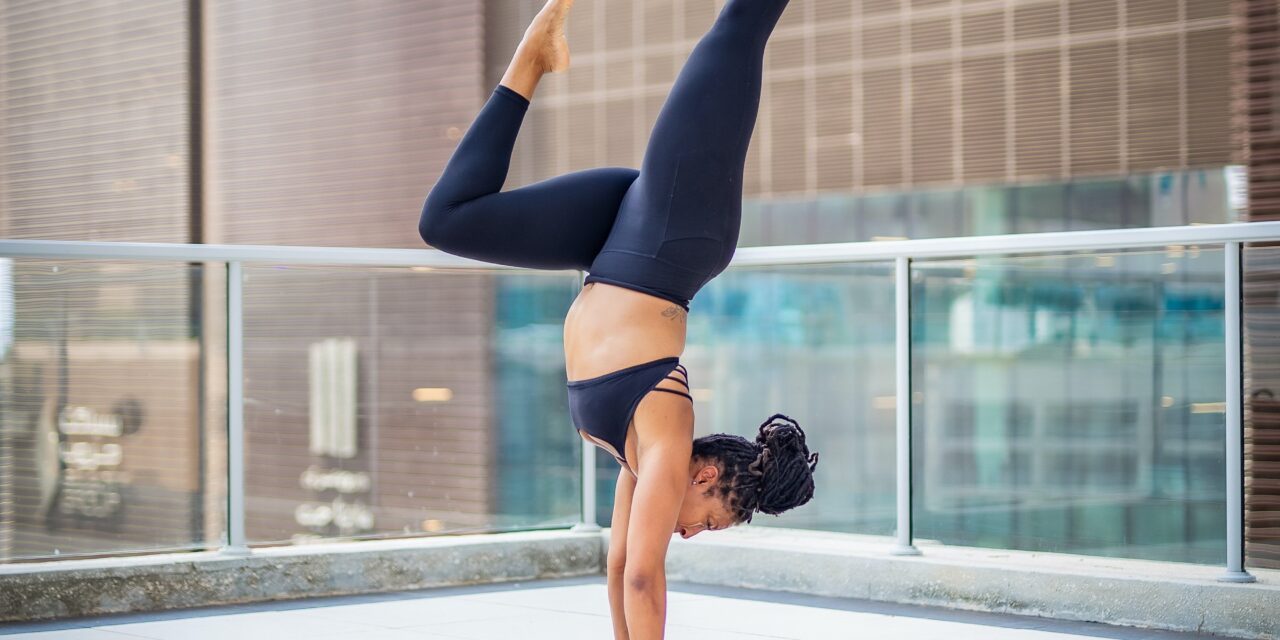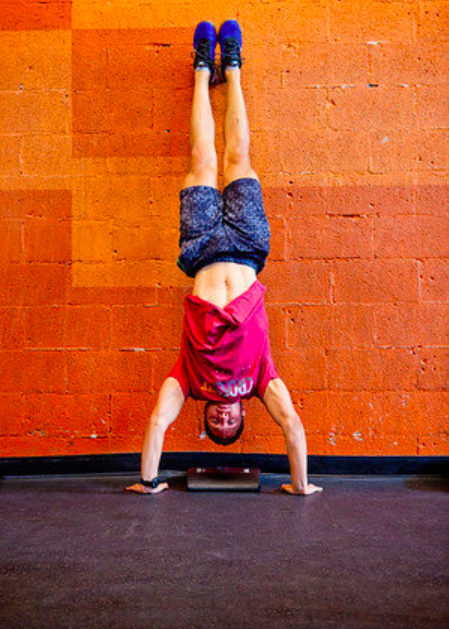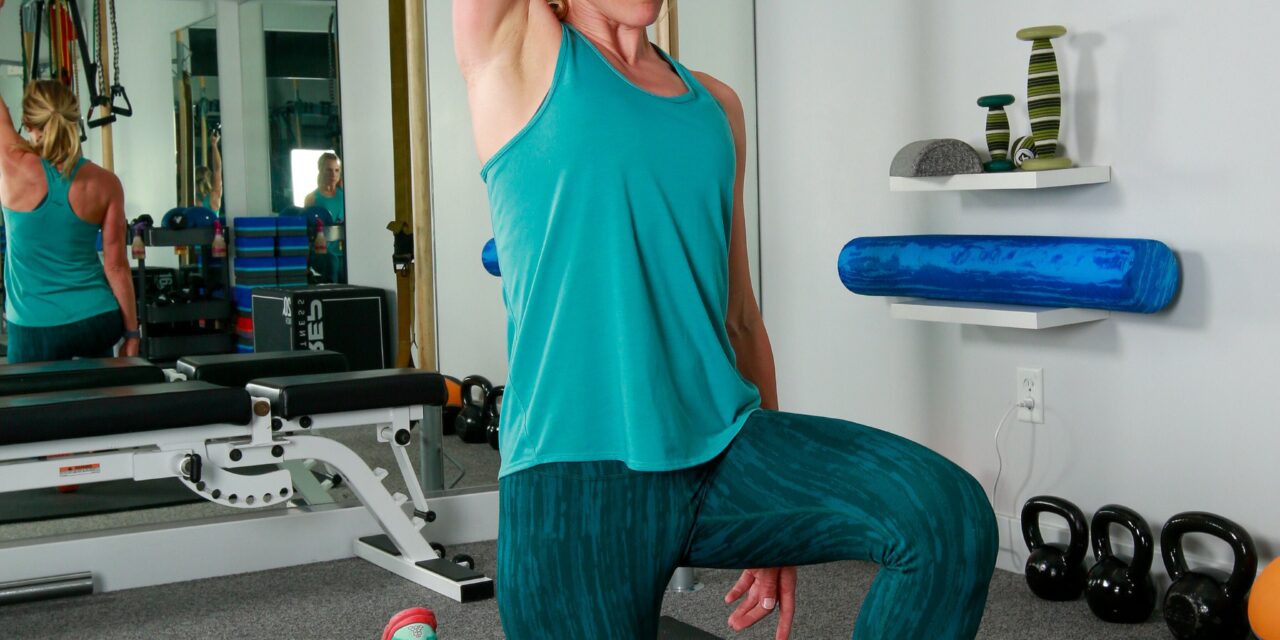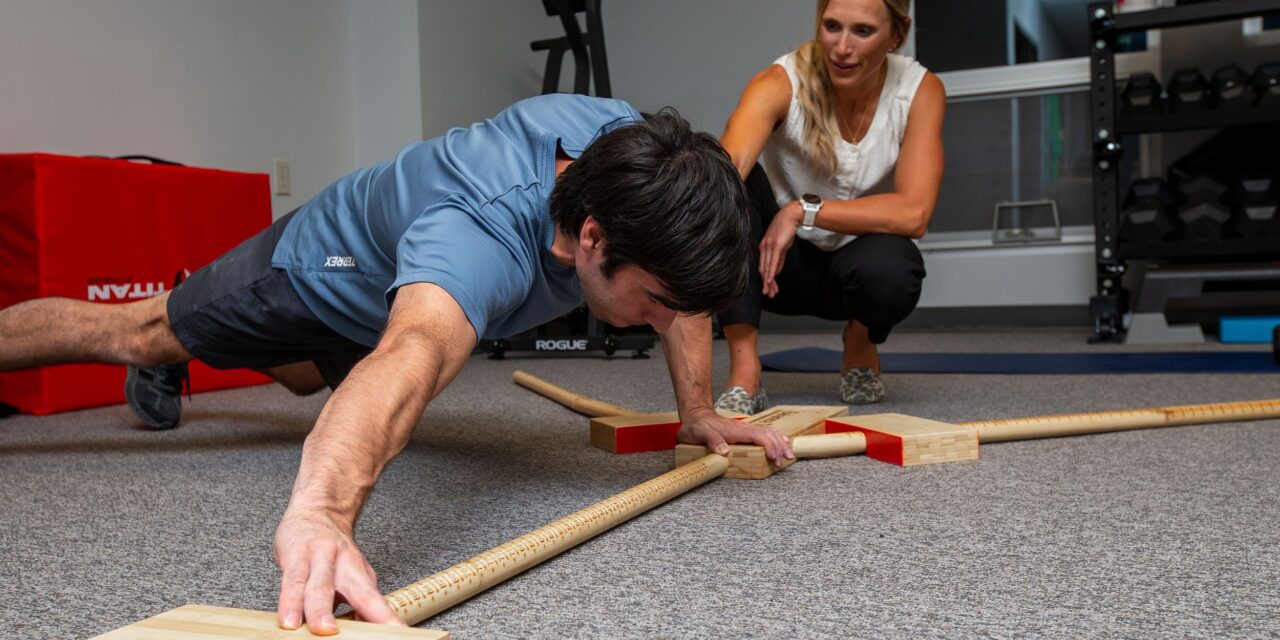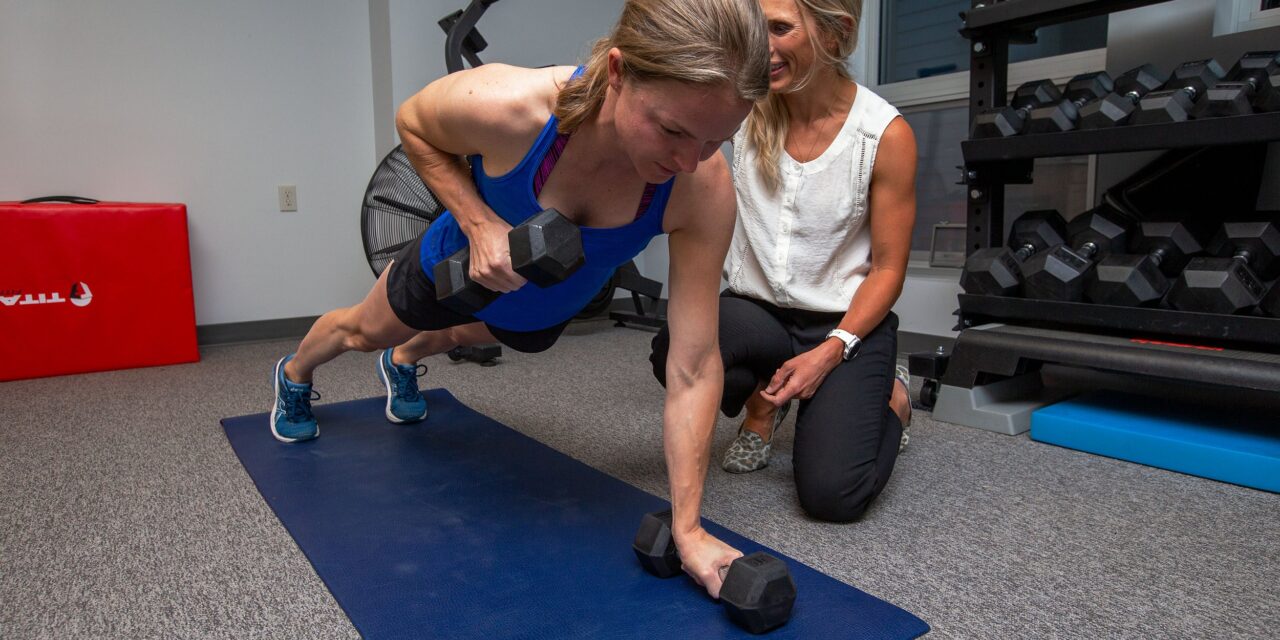In our Boulder Physical Therapy clinic we are often asked what is the most important muscle to work on with exercise if you’re training or looking to train handstands. When it comes to muscles in the shoulder, there’s one that seems to be more important than the rest for handstands. A study by Kinoshita et...
3 Simple steps to ensure shoulder health
December 17, 2022
This guest blog was written by our good friends at CrossFit Sanitas. When we think about what it takes to stay healthy and strong, many of us visualize all the work we do in class to lift, pull, push, roll, or otherwise move our own weight and/or the weight in front of us. It’s easy...
Rotator cuff strengthening for CrossFit athletes
December 16, 2022
The rotator cuff is an essential group of muscles that stabilize the shoulder during overhead movements such as the strict press, jerk, snatch, and handstand push-up. These muscles are commonly injured by CrossFit athletes and weakness of the rotator cuff can lead to multiple shoulder pathologies such as, rotator cuff tendinopathy, impingement (subacromial pain syndrome),...
Shoulder Stability Assessment for Rock Climbers
December 13, 2021
Shoulder strength and stability is crucial in rock climbing for both performance and injury prevention. There are many different ways to assess shoulder strength, stability and function. The findings of these assessments can give us insights into right to left imbalances and can tell us which muscle groups we need to target in a rehabilitation...
The serratus anterior muscle is located on the side of your chest and attaches your scapula to your ribs. The purpose of this muscle is to stabilize the scapula, especially during overhead movements. Its specific actions are scapular upward rotation and protraction which are important movements for many movements in rock climbing. Weakness of the...
How Rock Climbing Affects Shoulder Mechanics
August 20, 2020
Normal movement at the shoulder is distributed between motion at the shoulder (glenohumeral) joint and movement of the scapula. Although there is variability with how shoulders move, normal arm movement is made up of a ratio of glenohumeral joint movement to scapular movement that is between 2:1 and 2.4:1. A normal shoulder will move 180o...
The shoulder blade or scapula plays an important role in optimal function of the shoulder joint. The scapula provides the foundation for both stability and force generation through the arm during athletics and daily activities. Weakness in the scapular muscles can lead to abnormal posture and movement or dyskinesis in the scapula during arm movements. ...

